
Introduction
What I remember most about Gold and Silver is that people call it “God’s money”. They say this because it comes from the earth and it can’t be printed or mass produced like currency or bills. Experts call it a “true store of value”.
They have served as currency, symbols of wealth, and industrial materials. Today, they remain a popular investment choice, offering diversification and potential protection against economic uncertainties.
This article will delve into the history, properties, and investment aspects of gold and silver, providing a comprehensive overview.

A Glimpse into History: The Enduring Appeal of Gold and Silver
Gold and silver have played pivotal roles in human history, shaping economies and cultures.
The Historical Significance of Gold
- Ancient Civilizations:
- Gold was used as currency and for ornamental purposes in ancient Egypt, Mesopotamia, and Greece.
- The Egyptian pharaohs were buried with gold to ensure their wealth in the afterlife.
- The Gold Standard:
- Many nations adopted the gold standard, where currency was directly linked to gold reserves.
- The gold standard provided stability but limited monetary flexibility.
- Modern Era:
- Gold continues to be a reserve asset for central banks and a popular investment.
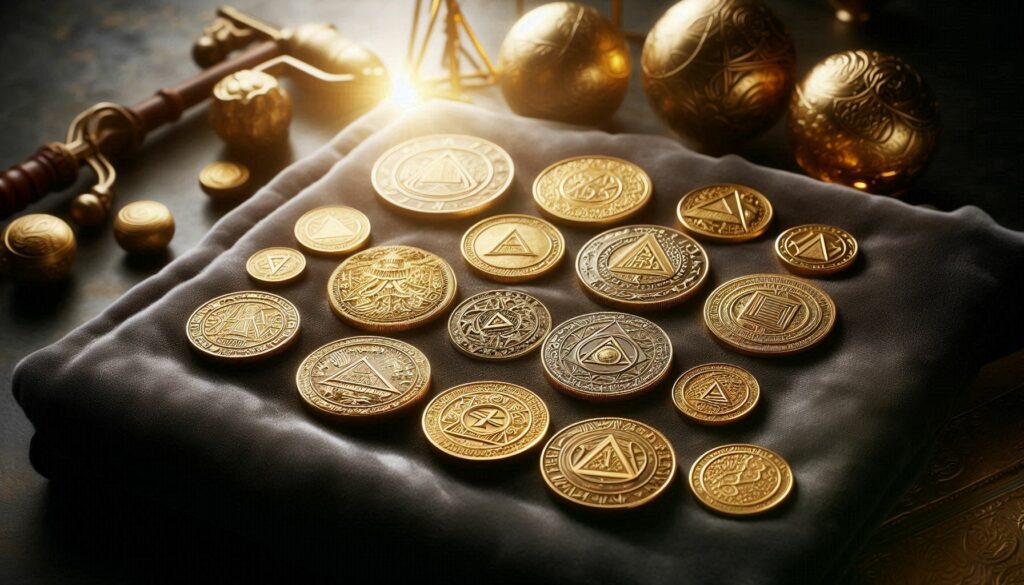
The Historical Significance of Silver
- Early Trade:
- Silver was used as a medium of exchange in ancient civilizations, including the Roman Empire.
- The “shekel” in ancient Mesopotamia was often a measure of silver.
- Industrial Use:
- Silver has been used in various industries, including photography, electronics, and medicine.
- Monetary History:
- Silver coins were widely used in trade and commerce for centuries.
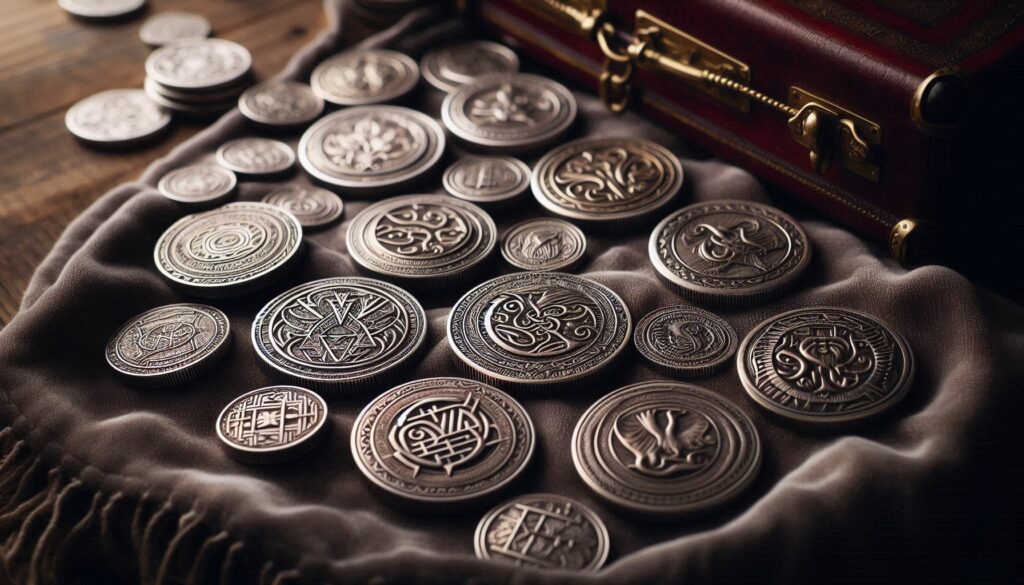
Properties and Characteristics
Gold and silver share several properties that make them valuable.
Gold Properties
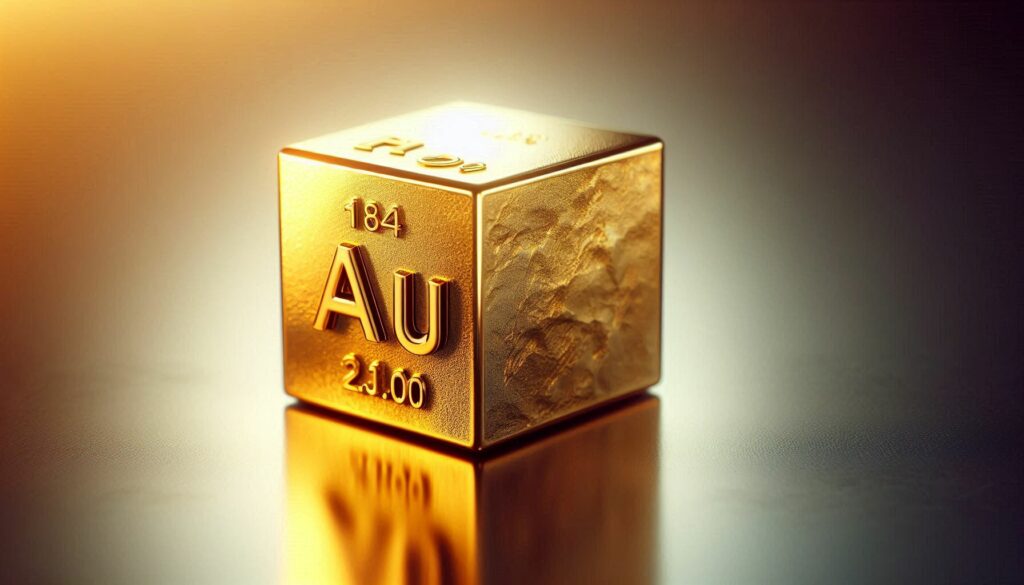
- Chemical Symbol: Au
- Color: Yellow
- Malleability: Highly malleable, can be hammered into thin sheets.
- Conductivity: Excellent conductor of electricity and heat.
- Corrosion Resistance: Highly resistant to corrosion and tarnishing.
- Rarity: Relatively rare, contributing to its value.
Silver Properties
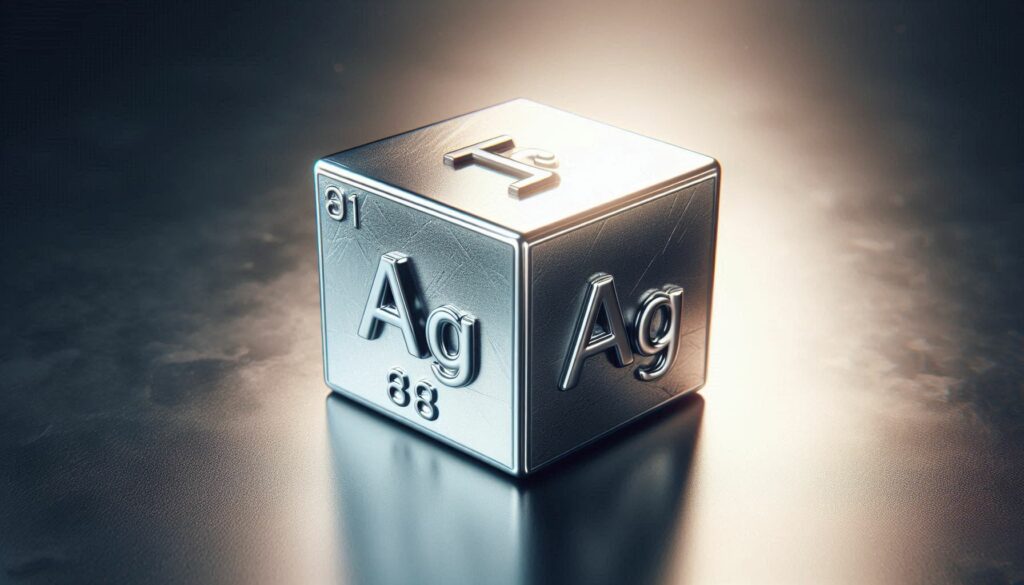
- Chemical Symbol: Ag
- Color: White
- Malleability: Highly malleable and ductile.
- Conductivity: Best conductor of electricity and heat.
- Antimicrobial: Has antimicrobial properties, used in medical applications.
- Industrial Uses: Widely used in electronics, photography, and solar panels.
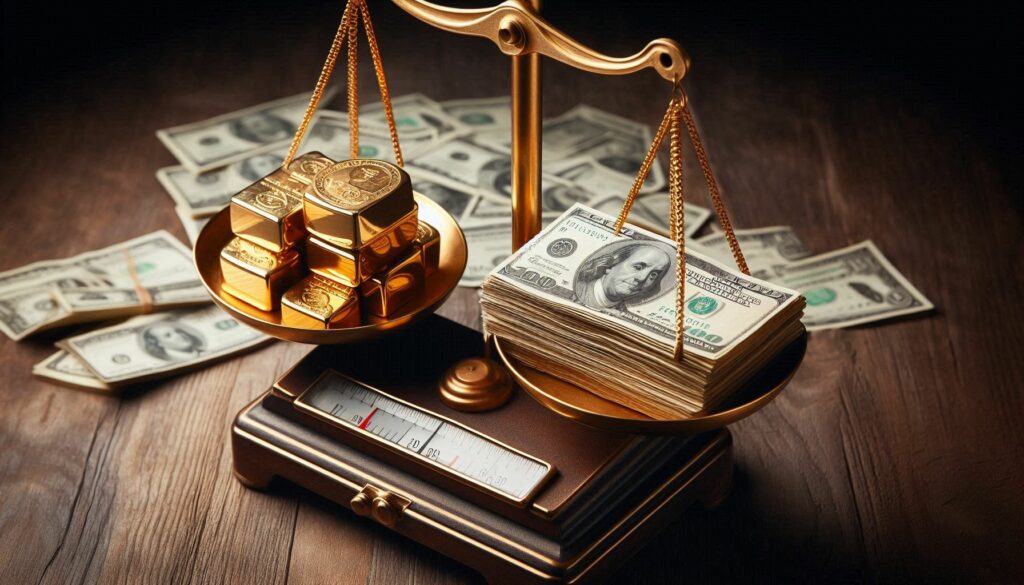
Investment Aspects of Gold and Silver
Gold and silver offer several investment benefits.
Gold as an Investment
- Hedge Against Inflation:
- Gold is often considered a hedge against inflation, as its value tends to rise during periods of economic uncertainty.
- Safe Haven Asset:
- Gold is seen as a safe haven asset during geopolitical instability.
- Portfolio Diversification:
- Adding gold to a portfolio can reduce overall risk.
- Forms of Investment:
- Gold bullion, coins, ETFs, mining stocks.
Silver as an Investment
- Industrial Demand:
- Silver’s industrial uses create demand, contributing to its value.
- Investment Affordability:
- Silver is generally more affordable than gold, making it accessible to a wider range of investors.
- Volatility:
- Silver tends to be more volatile than gold, offering potential for higher returns and higher risks.
- Forms of Investment:
- Silver bullion, coins, ETFs, mining stocks.
Factors Affecting Gold and Silver Prices
Several factors influence the prices of gold and silver.
- Economic Conditions:
- Inflation, interest rates, and economic growth.
- Geopolitical Events:
- Wars, political instability, and trade disputes.
- Supply and Demand:
- Industrial demand, investment demand, and mining production.
- Currency Fluctuations:
- The value of the U.S. dollar, as gold and silver are often priced in dollars.
- Investor Sentiment:
- Market sentiment and investor confidence.
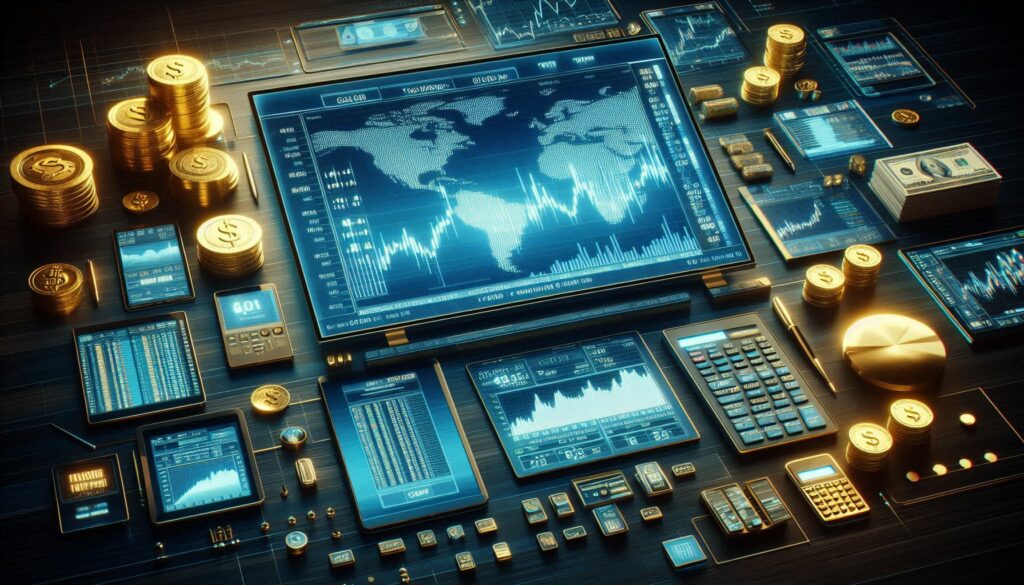
Forms of Investment: Physical vs. Paper Assets
Investors can choose between physical and paper assets.
Physical Assets
- Gold/Silver Bullion:
- Bars or ingots of gold or silver.
- Gold/Silver Coins:
- Coins minted by government mints.
- Pros:
- Tangible assets, no counterparty risk.
- Cons:
- Storage costs, security concerns, less liquid.
Paper Assets
- Gold/Silver ETFs:
- Exchange-traded funds that track the price of gold or silver.
- Mining Stocks:
- Shares of companies involved in gold or silver mining.
- Pros:
- Liquid, easy to trade, no storage costs.
- Cons:
- Subject to market fluctuations, counterparty risk.
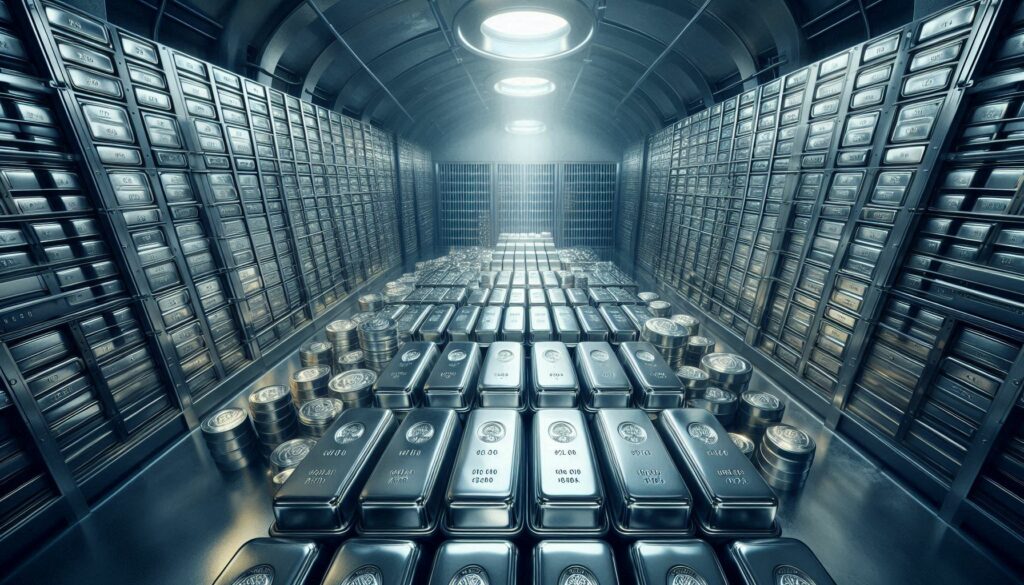
Gold vs. Silver – Key Differences
| Feature | Gold | Silver |
| Price | Higher | Lower |
| Volatility | Lower | Higher |
| Industrial Use | Limited | Extensive |
| Investment Demand | Stronger | Moderate |
| Storage | More compact | More bulky |
| Liquidity | High | High |
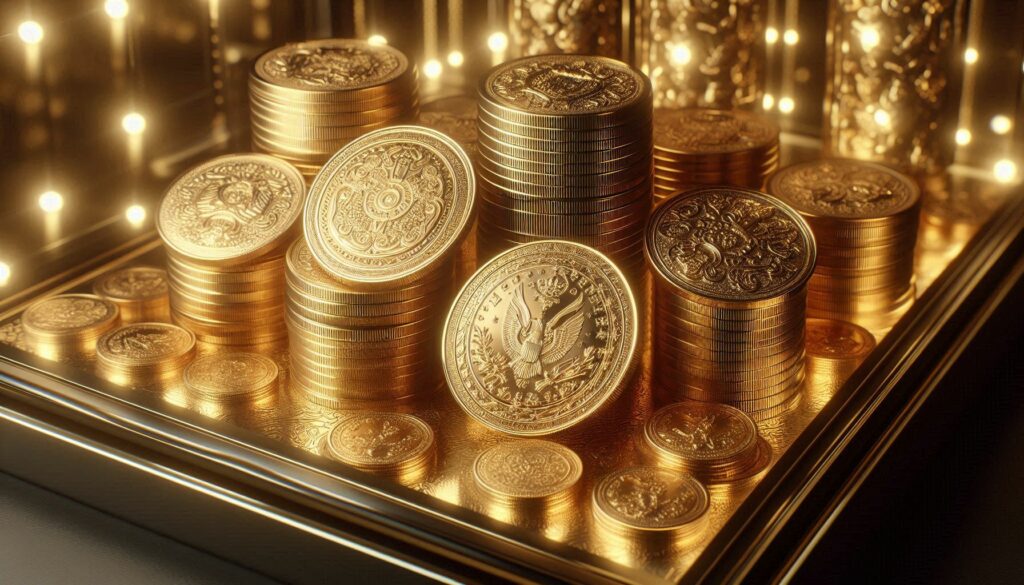
Examples of Gold and Silver Uses
- Gold:
- Jewelry, electronics, dentistry, investment.
- Silver:
- Electronics, solar panels, medical applications, photography, jewelry, investment.
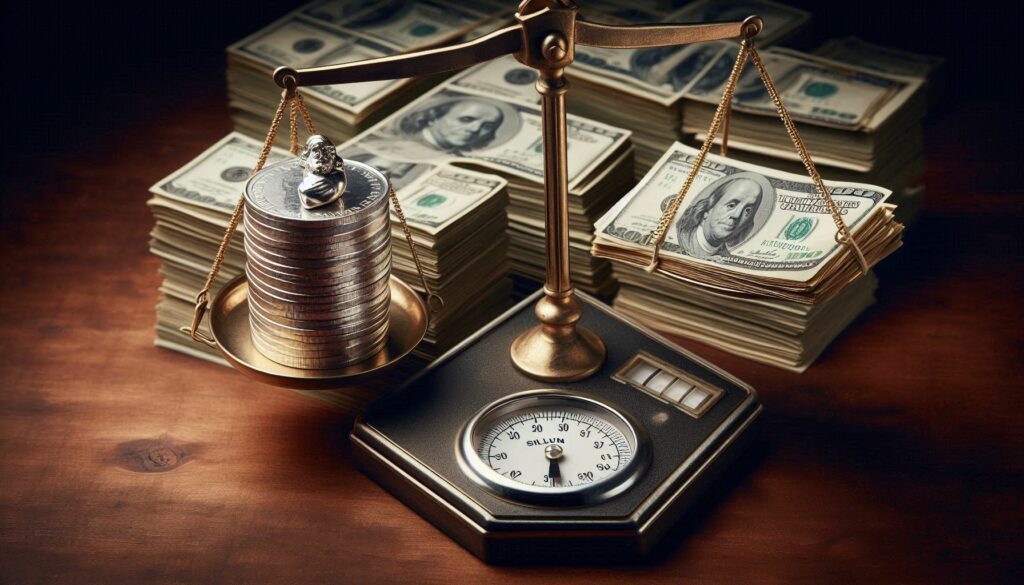
Tips for Investing in Gold and Silver
- Diversify Your Portfolio:
- Allocate a small portion of your portfolio to precious metals.
- Research Thoroughly:
- Understand the factors that influence prices.
- Buy from Reputable Dealers:
- Purchase physical assets from reputable dealers.
- Consider Storage Options:
- Secure storage for physical assets.
- Stay Informed:
- Keep up-to-date with market trends and news.
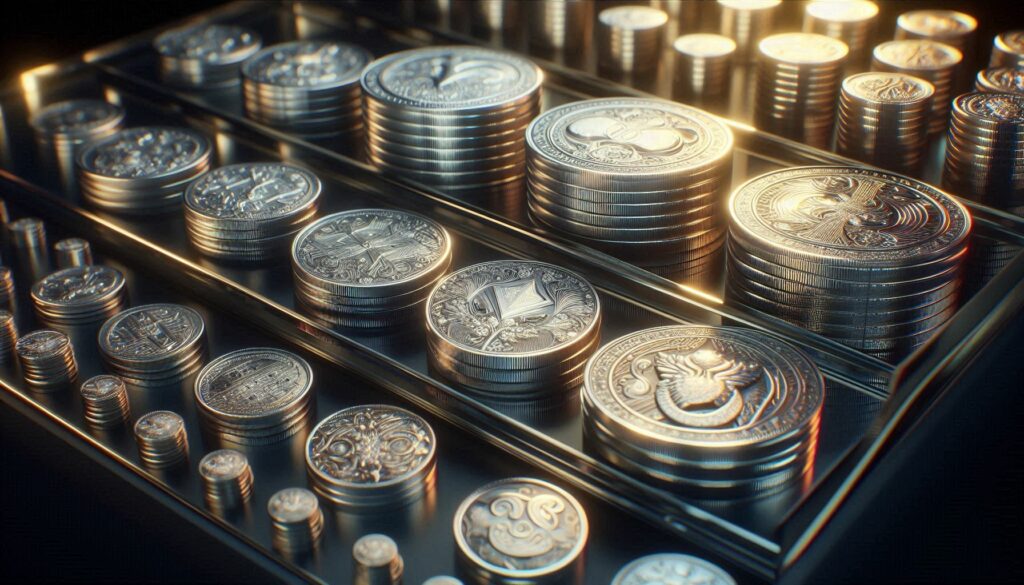
The Future of Precious Metals
The future of gold and silver remains promising, with continued demand from investors and industries.
- Technological Advancements:
- Increased demand for silver in renewable energy and electronics.
- Economic Uncertainties:
- Potential for increased investment demand during economic downturns.
- Central Bank Policies:
- Central bank purchases and monetary policies.
Wrap Up
Gold and silver have a rich history and continue to be valuable assets in the modern world. Understanding their properties, investment aspects, and market dynamics is essential for making informed decisions.
Whether you’re seeking a hedge against inflation, portfolio diversification, or simply a tangible asset, gold and silver offer unique opportunities for investors.
What are your thoughts on investing in gold and silver? Share your experiences and questions in the comments below!
Sources:
- World Gold Council:
- “Gold Investment”: https://www.gold.org/gold-for-investors
- Silver Institute:
- “Silver Investment”: https://www.silverinstitute.org/silver-investment/
- U.S. Geological Survey (USGS):
- “Mineral Commodity Summaries”: https://www.usgs.gov/centers/national-minerals-information-center/mineral-commodity-summaries
- Investopedia:
- “Investing in Gold”: https://www.investopedia.com/articles/basics/10/investing-in-gold.asp
- “Investing in Silver”: https://www.investopedia.com/articles/basics/10/investing-in-silver.asp
- Kitco:
- “Gold and Silver Prices”: https://www.kitco.com/
Leave a Reply
You must be logged in to post a comment.